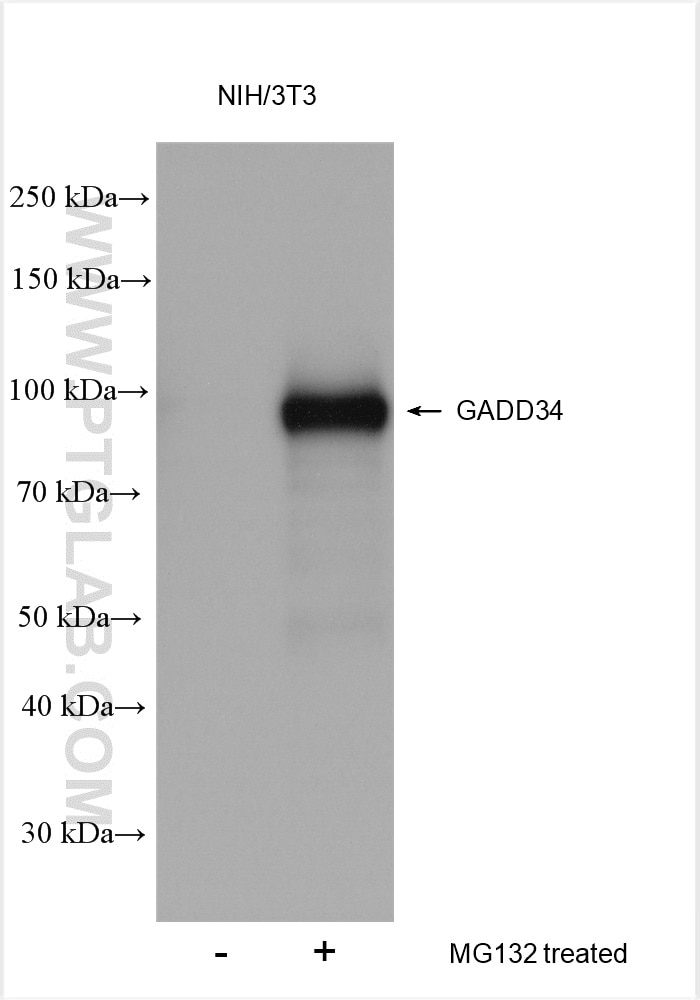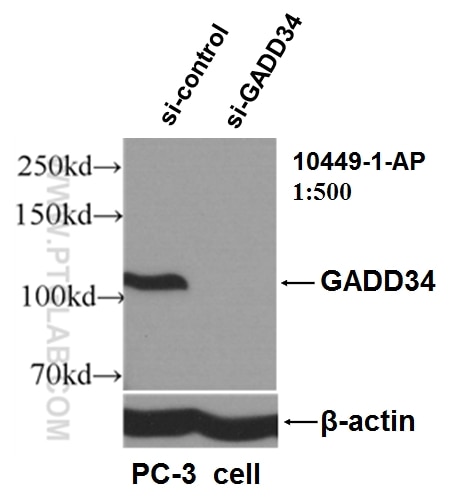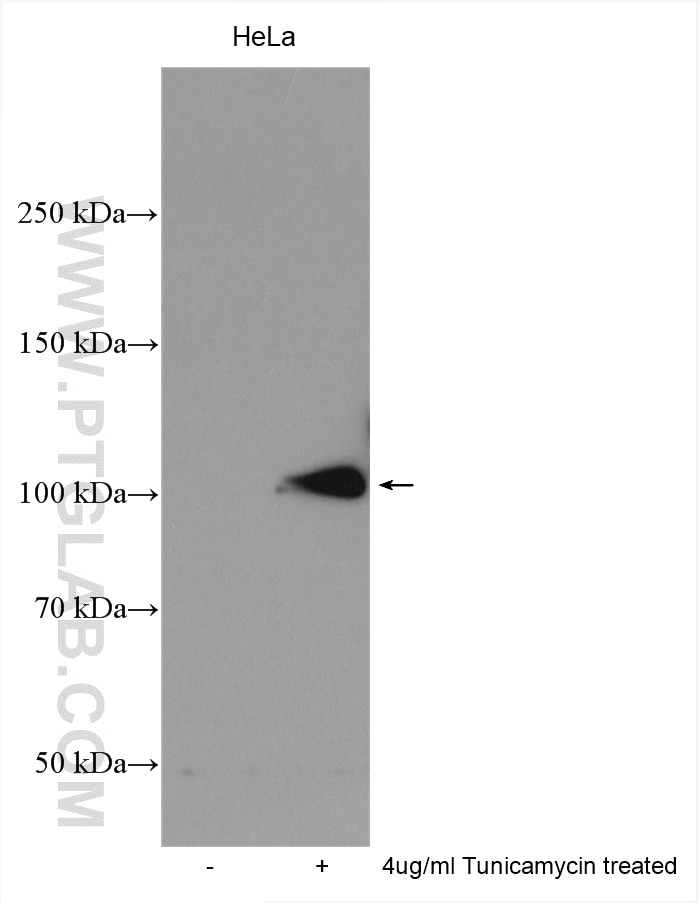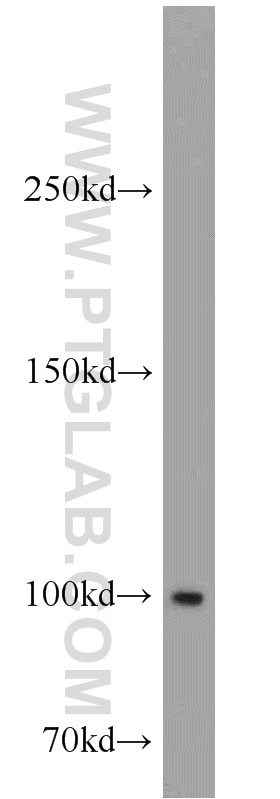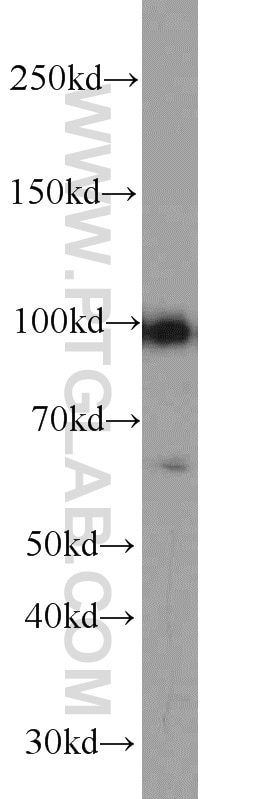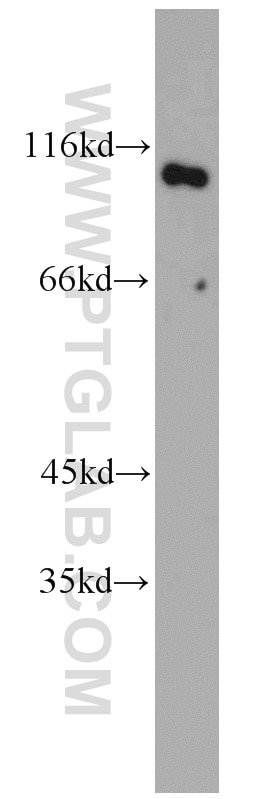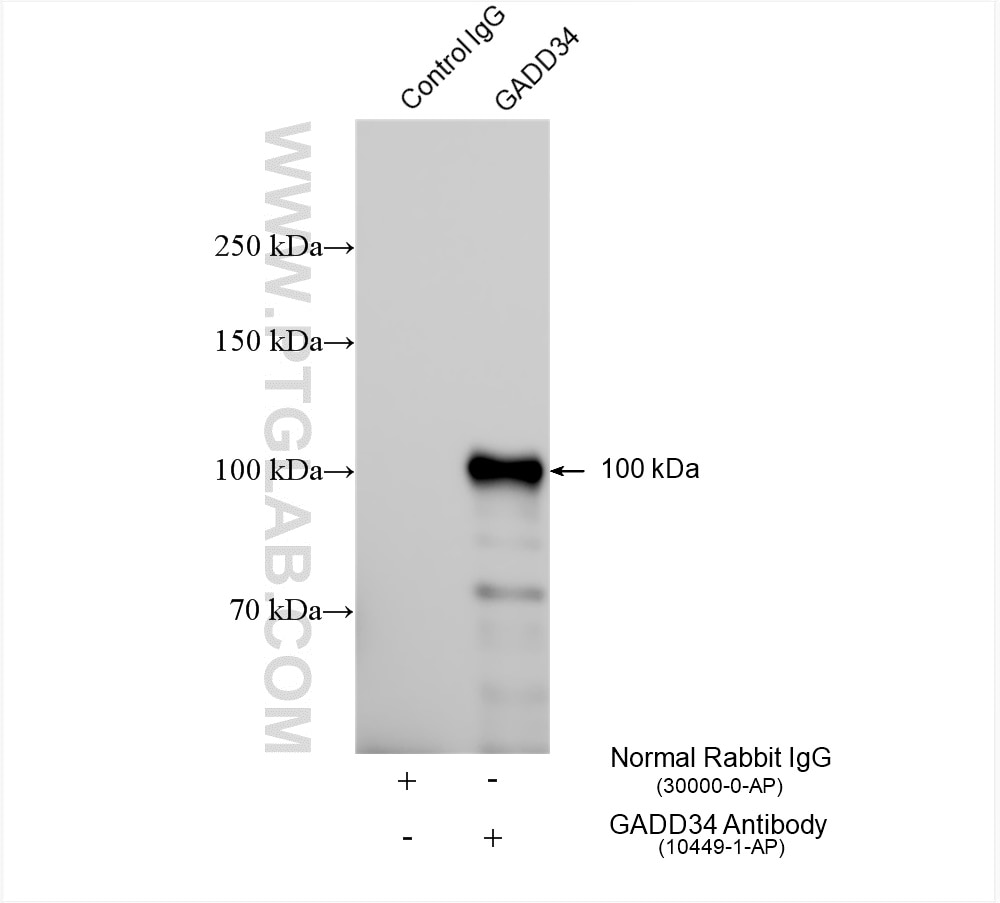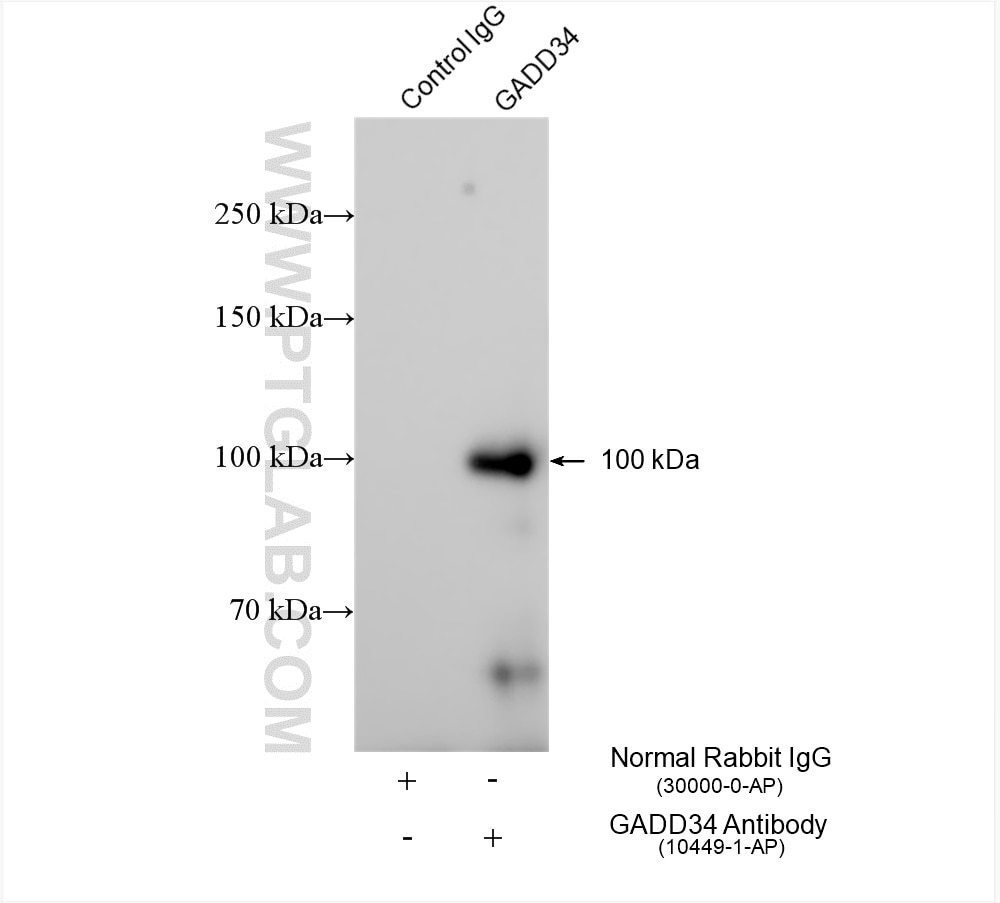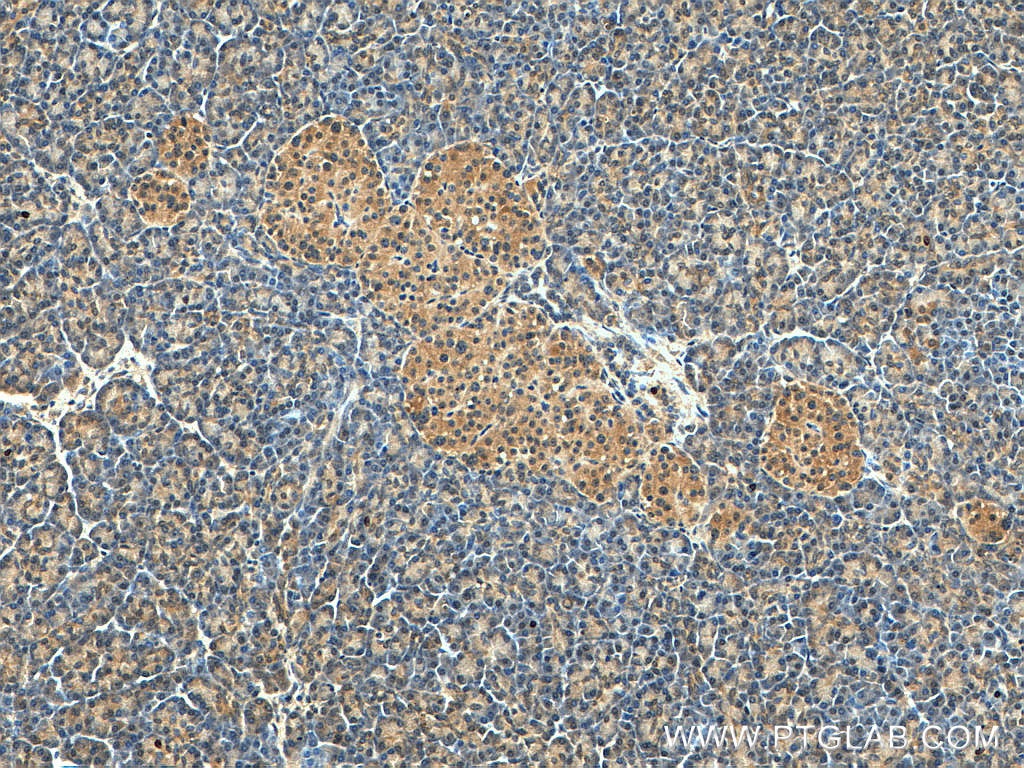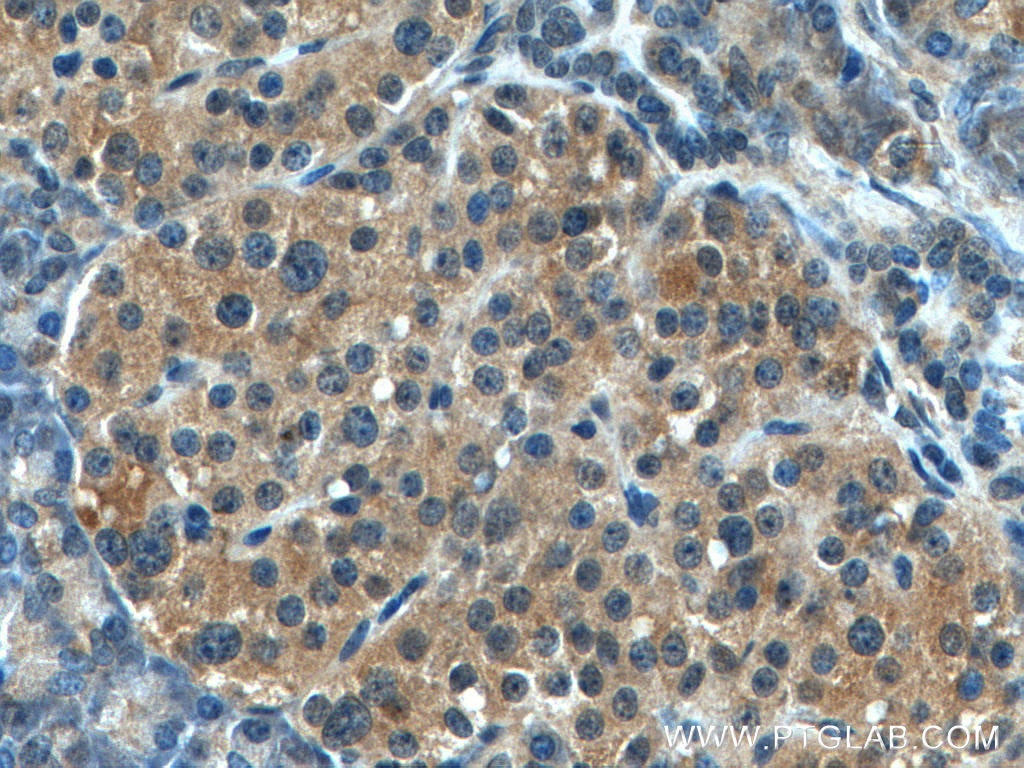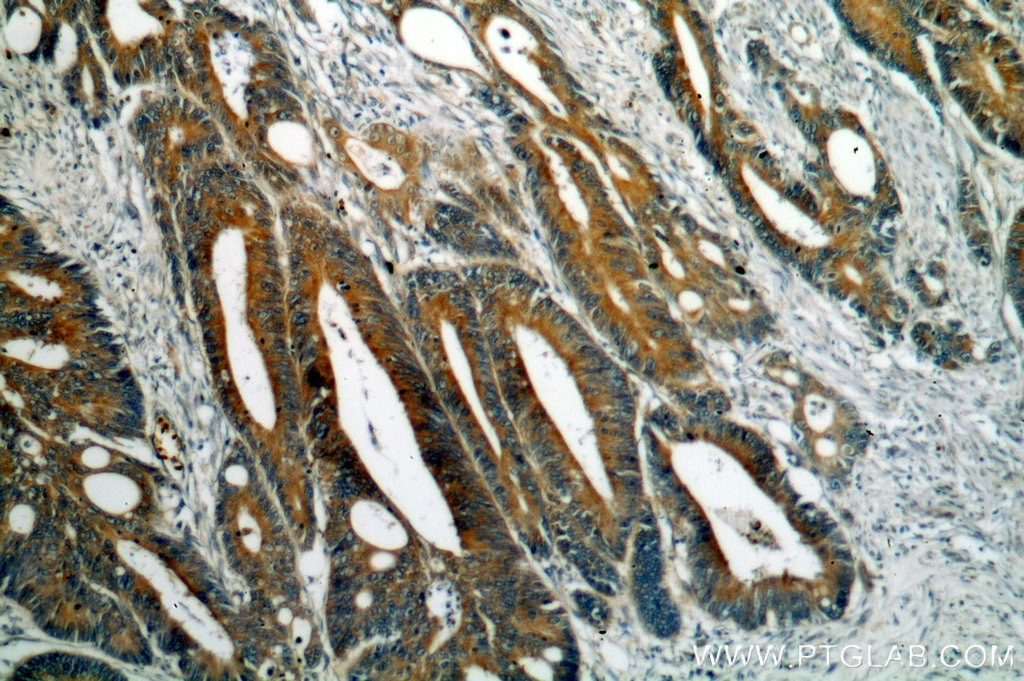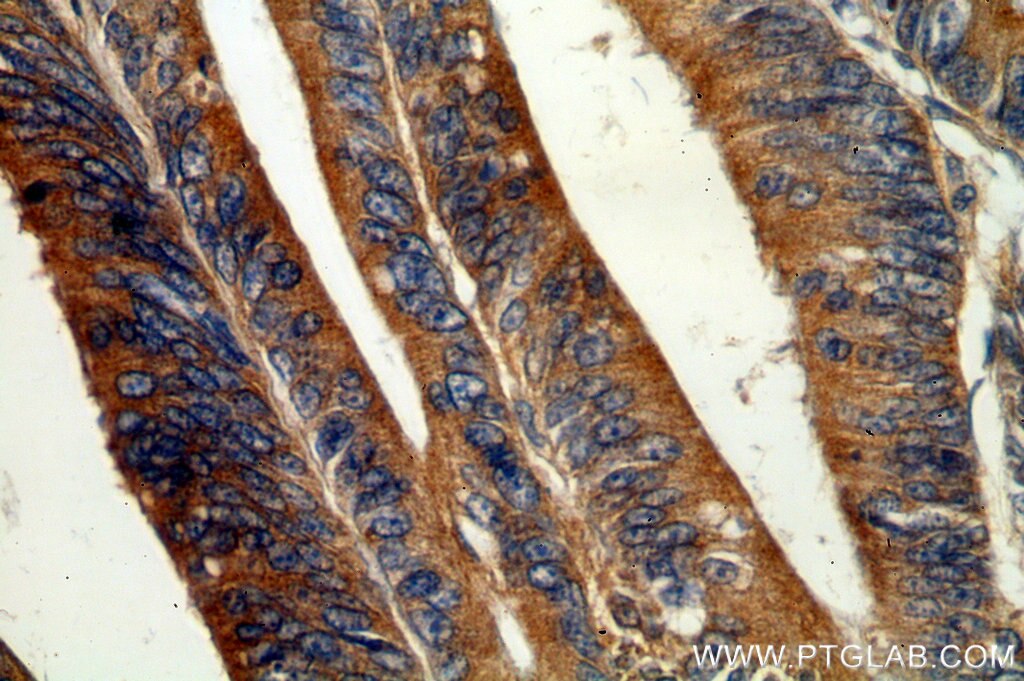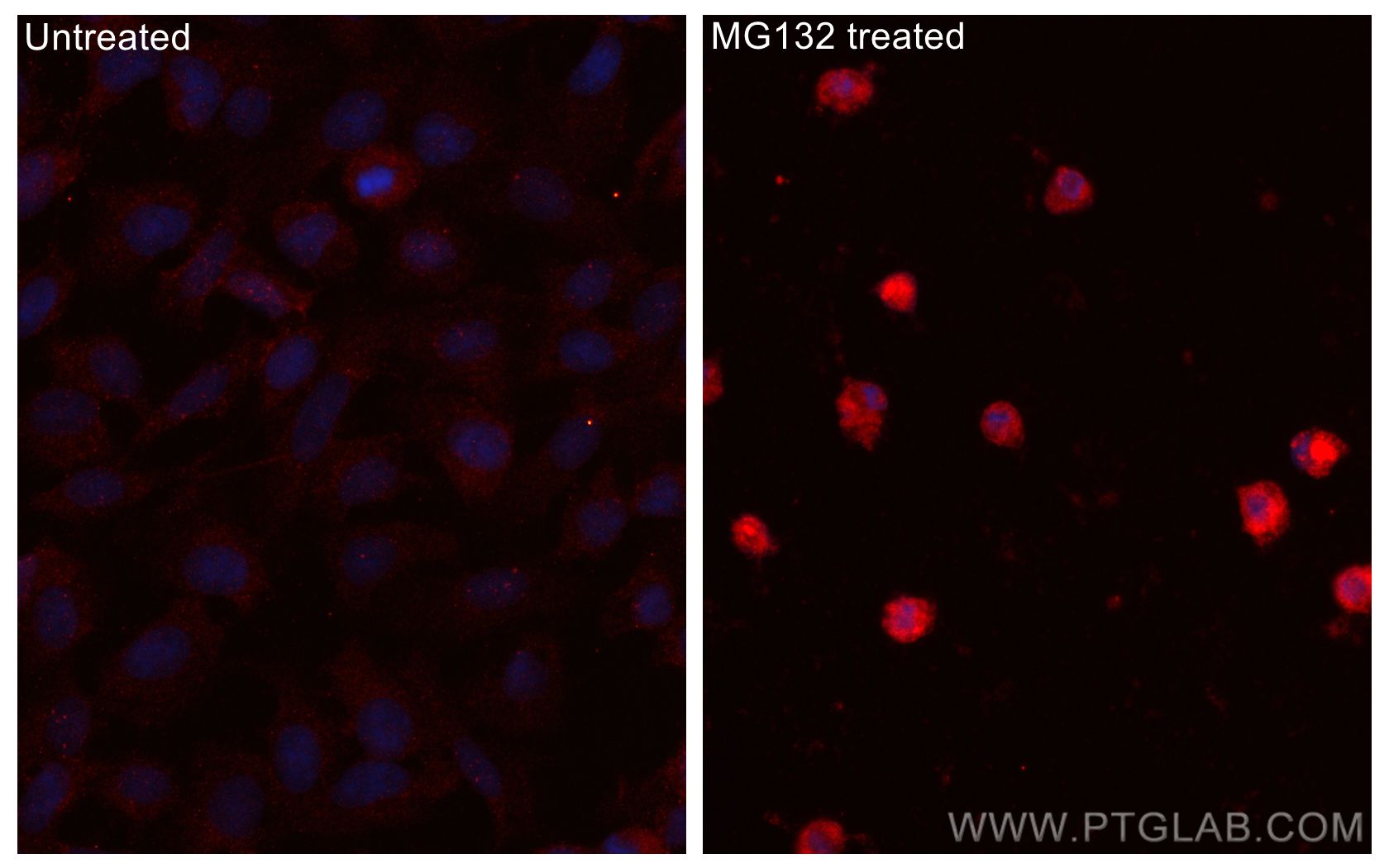Validation Data Gallery
Tested Applications
| Positive WB detected in | MG132 treated NIH/3T3 cells, Tunicamycin treated HeLa cells, PC-3 cells, K-562 cells, HepG2 cells, Jurkat cells |
| Positive IP detected in | K-562 cells, NIH/3T3 cells |
| Positive IHC detected in | human pancreas tissue, human colon cancer tissue Note: suggested antigen retrieval with TE buffer pH 9.0; (*) Alternatively, antigen retrieval may be performed with citrate buffer pH 6.0 |
| Positive IF/ICC detected in | MG132 treated U2OS cells |
Recommended dilution
| Application | Dilution |
|---|---|
| Western Blot (WB) | WB : 1:1000-1:6000 |
| Immunoprecipitation (IP) | IP : 0.5-4.0 ug for 1.0-3.0 mg of total protein lysate |
| Immunohistochemistry (IHC) | IHC : 1:50-1:500 |
| Immunofluorescence (IF)/ICC | IF/ICC : 1:200-1:800 |
| It is recommended that this reagent should be titrated in each testing system to obtain optimal results. | |
| Sample-dependent, Check data in validation data gallery. | |
Published Applications
| KD/KO | See 12 publications below |
| WB | See 128 publications below |
| IHC | See 11 publications below |
| IF | See 10 publications below |
| IP | See 3 publications below |
| FC | See 1 publications below |
Product Information
10449-1-AP targets GADD34 in WB, IHC, IF/ICC, IP, ELISA applications and shows reactivity with human, mouse samples.
| Tested Reactivity | human, mouse |
| Cited Reactivity | human, mouse, rat, pig, monkey, hamster |
| Host / Isotype | Rabbit / IgG |
| Class | Polyclonal |
| Type | Antibody |
| Immunogen |
CatNo: Ag0578 Product name: Recombinant human GADD34 protein Source: e coli.-derived, PGEX-4T Tag: GST Domain: 307-572 aa of BC003067 Sequence: SDEEEGEVKALGAAEKDGEAECPPCIPPPSAFLKAWVYWPGEDTEEEEDEEEDEDSDSGSDEEEGEAEASSSTPATGVFLKSWVYQPGEDTEEEEDEDSDTGSAEDEREAETSASTPPASAFLKAWVYRPGEDTEEEEDEDVDSEDKEDDSEAALGEAESDPHPSHPDQRAHFRGWGYRPGKETEEEEAAEDWGEAEPCPFRVAIYVPGEKPPPPWAPPRLPLRLQRRLKRPETPTHDPDPETPLKARKVRFSEKVTVHFLAVWAG 相同性解析による交差性が予測される生物種 |
| Full Name | protein phosphatase 1, regulatory (inhibitor) subunit 15A |
| Calculated molecular weight | 73 kDa |
| Observed molecular weight | 100 kDa |
| GenBank accession number | BC003067 |
| Gene Symbol | GADD34 |
| Gene ID (NCBI) | 23645 |
| RRID | AB_2168724 |
| Conjugate | Unconjugated |
| Form | |
| Form | Liquid |
| Purification Method | Antigen affinity purification |
| UNIPROT ID | O75807 |
| Storage Buffer | PBS with 0.02% sodium azide and 50% glycerol{{ptg:BufferTemp}}7.3 |
| Storage Conditions | Store at -20°C. Stable for one year after shipment. Aliquoting is unnecessary for -20oC storage. |
Background Information
GADD34, also named PPP1R15A, belongs to the PPP1R15 family. GADD34 can be triggered as a direct target of activating transcription factor4 (ATF4) under ER stress, it plays a pivotal role in the recovery of cells from shut-down of translation induced by ER stress. It recruits the serine/threonine-protein phosphatase (PP1) to dephosphorylate the translation initiation factor eIF2alpha, thereby reversing the shut-off of protein synthesis initiated by stress-inducible kinases and facilitating recovery of cells from stress. GADD34 down-regulates the TGF-beta signaling pathway by promoting dephosphorylation of TGFB1 via PP1. It may also promote apoptosis by inducing TP53 phosphorylation on 'Ser-15'. Starvation-induced expression of GADD34 reduced mTOR activity and induced autophagy in wild-type mice, but not in GADD34 KO mice. Molecular weight of GADD34 is 100 kDa confirmed in GADD34 KO mice, and Proteintech's GADD34 antibody 10449-1-AP primarily recongize the 100 kDa band.
Protocols
| Product Specific Protocols | |
|---|---|
| IF protocol for GADD34 antibody 10449-1-AP | Download protocol |
| IHC protocol for GADD34 antibody 10449-1-AP | Download protocol |
| IP protocol for GADD34 antibody 10449-1-AP | Download protocol |
| WB protocol for GADD34 antibody 10449-1-AP | Download protocol |
| Standard Protocols | |
|---|---|
| Click here to view our Standard Protocols |
Publications
| Species | Application | Title |
|---|---|---|
Science Preventing proteostasis diseases by selective inhibition of a phosphatase regulatory subunit. | ||
Science Selective inhibition of a regulatory subunit of protein phosphatase 1 restores proteostasis. |

